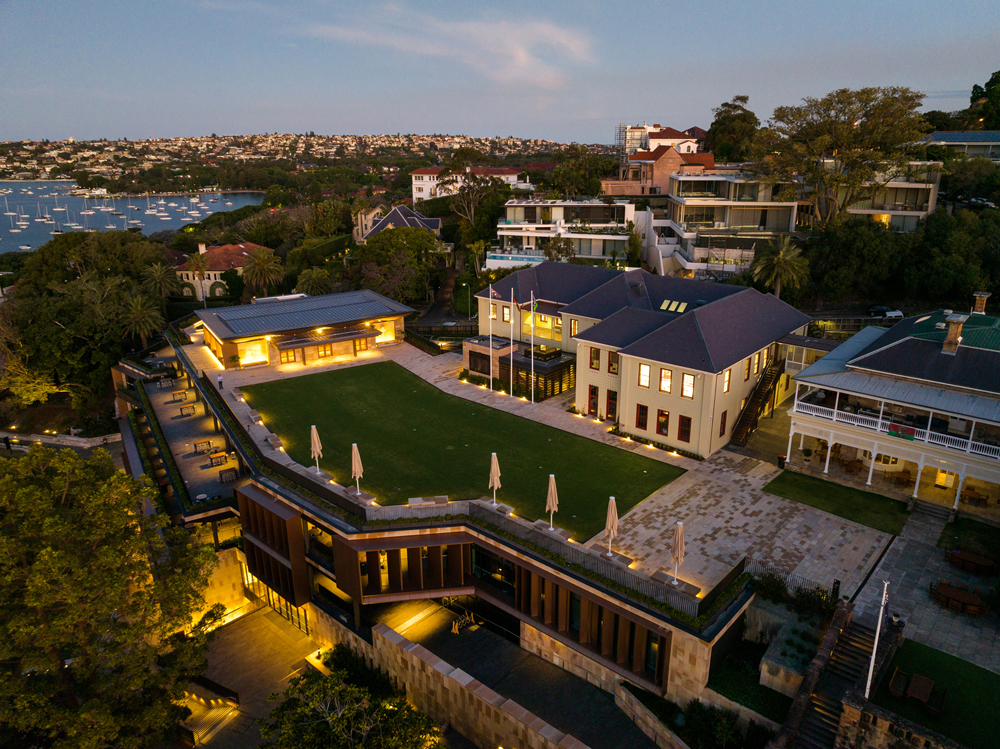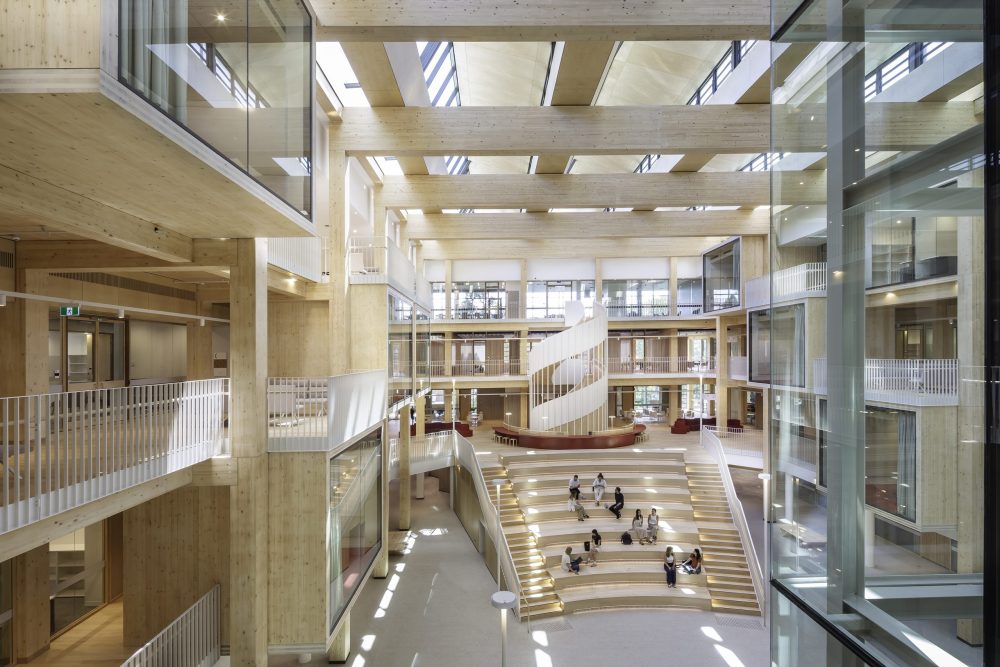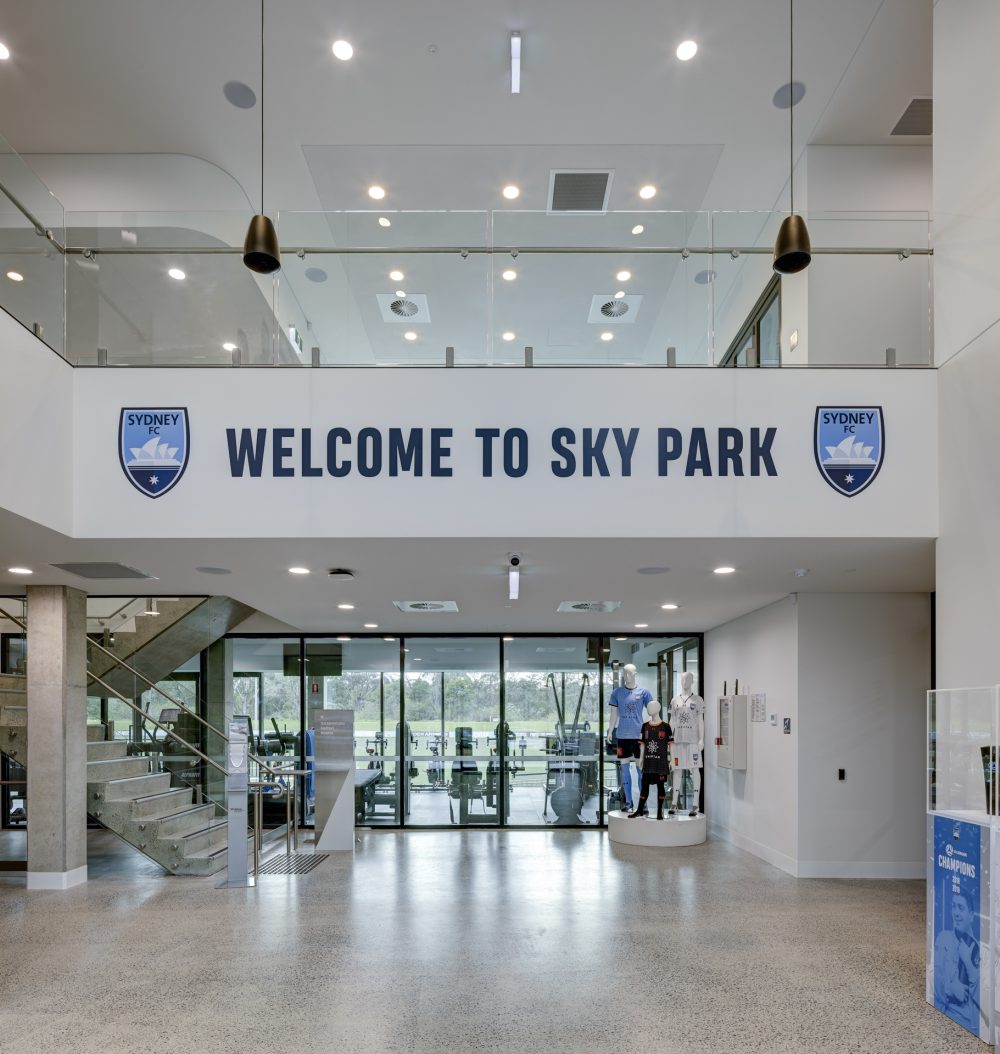Creating a more empowered workforce for the future. Highlights from Worktech 2022 by Kasim Ali-Khan
Making life easy and providing digital equality is a massive incentive to draw staff back to the workplace.
Last week I attended the Worktech 2022 in Sydney; here are my key takeaways around the future of ‘work and the workplace’, ‘culture’ and the ‘great resignation’.
Philip Ross, the keynote and chairperson, kicked off the conference with a perspective on the state of the world and the opportunity for Change post Covid-19.
Phillip noted Lyft, a US based ride share company, have divested from their real estate portfolio and have announced employees can work from anywhere and presumably anytime! Covid has shown that as we emerge from 2 years of uncertainty 90% of office staff have now been offered flexible Work from Home (WFH) conditions. Further, Rhona Duncanson – KPMG advised that their attendance was roughly 1 day a week from the office where many others are looking at 2,3,4 or 5 days. Workplaces define their culture largely through people and if you remove the hub or physical presence the culture erodes and leaves the space for the great resignation. There has been research defining the reason for the great resignation as being better working conditions and pay but reading between the data and taking a holistic perspective, my view is that these are elements of the culture.

In the data enabled age we live in, we are both wary of intrusion and needy of the concierge type apps to navigate the drudge / chores away from the core functions of work and socialisation. Large companies globally are recognising this and providing these services to their staff. Ken Lynch from ANZ was positively excited to hear the buzz from people returning to the campus in Melbourne and extolling the virtues of an App developed to help the staff with finding a desk, ordering coffee and lunch with services such as dry cleaning all within the campus. Making life easy and providing digital equality is a massive incentive to draw staff back to the workplace. Plenty of international examples of buildings and HQ’s for offices that offer these services, such as Google, Lego and the new 6 star digitally enabled 22 Bishopsgate were provided. Another concept being delivered in North America was the option for working in a suburban hub for 20/40% of time so that your balance was 2 days in the office, 2 days in a hub and a day from home. We certainly have these on the Sydney fringe in several suburbs including Gosford, Parramatta and Manly
To continue on the theme of choice for the workers and creating better working spaces we had a very polished virtual presentation from Dr Christine Bruckner from Moser on designing for the environment embracing the natural topographical elements of water, light and air into the physical space, creating both a nature-based approach and a people centric environment. Natalie Slessor, from Lendlease, and her panel debated a more collaborative way we can develop the new economy through innovation and taking great ideas to get funding though NSW Government (Helen Palmer) and universities like Macquarie (Paul Hogan) and through the large corporates like Lend Lease’s Connect in Melbourne (Simone Laity) and to develop these ideas at Hyper speed to market for the benefit of companies and employees.
Caroline Boyce from Lend Lease, had earlier pointed out a power shift from the employer to the employee in reference to “Innovation districts” developed by Lend lease and this was also highlighted by Paul Edwards from Mirvac discussing the human centred design. Varum Malkani – Smarten Spaces, also proposed a “structured approach to Hybrid working”. We even had the notion that leases will be negotiated with a more collaborative approach rather than in an adversarial way to enable the tenant to help develop a space appropriate to their business and culture.
In summary, culture is “caught not taught” (panel discussion) and creating the optimum experiential workplace from a design of the physical space and ramping up the tech to support the more empowered workforce, is the key to staff retention. Secondly, workplace is still important in its new form to provide the meeting place to allow ideas and culture to breed. Thirdly, we need EQ, creativity, originality and the development of our emotional skills as a core part of improving our overall wellbeing. Finally, the pace of change has never been faster and potentially better for us all if we can embrace change and respect the planet.
We also witnessed 3D avatars being demonstrated by Philip allowing his presence to be 3 dimensional in a remote meeting rather than through zoom or teams. We still need the real Philip (and of course me hopefully for the next 10 years at least), but this is where we are all heading.




